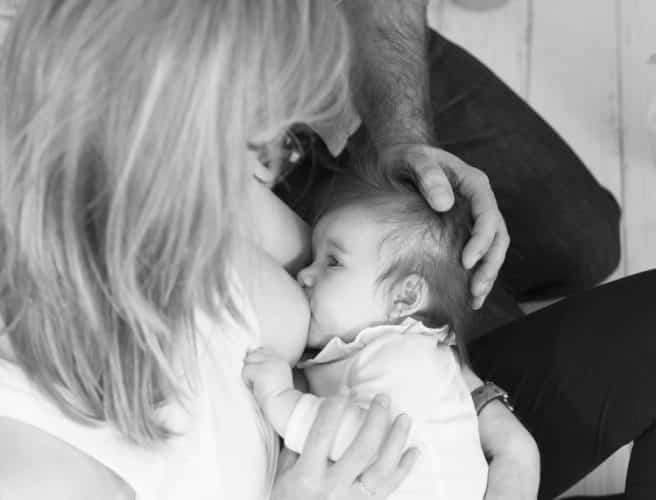Make sure you read the first part, What are the Criteria for Becoming a Breast Milk Donor?
Assurez-vous de lire la partie précédente de ce billet Quels sont les critères pour devenir une donneuse de lait maternel?
There are many stages before the milk arrives in the baby’s stomach.
Here are a few steps involved in the process when a mother meets the criteria mentioned above.
Step 1
You meet the selection criteria for becoming a donor.
Step 2
You need to fill out a registration and consent form before donating your breast milk. You need to have your health professional sign it and then return it to Héma-Québec.
Step 3
After reception of the documents, someone from Héma-Québec will contact you for a short telephone interview. They will ask you about your personal health and lifestyle habits. Everything is kept confidential.
Step 4
After analysing the questionnaire, if you meet the basic health criteria for milk donations, you will be asked for a blood test, either in your home or at a satellite office. This blood test will be repeated every six months during the time you donate your blood.
Step 5
Once the blood tests results are deemed satisfactory, you will have an appointment where you will be told how your milk will be collected, how it should be stored, etc. You will be given a set of bottles with stickers to note the details of the contents, such as the date it was pumped.
Step 6
You can start storing your milk for the milk bank by following the proper procedure. You can stop donating it when you wish, without notice.
Step 7
Procedure for collecting your milk:
- Wash your hands with soap and water and dry them with a clean towel;
- Wash your breasts with a fragrance-free soap (don’t disinfect);
- Avoid scented products and powders;
- Rinse your breast with fresh water after extracting your milk;
- Air-dry your breasts or with a clean towel after extracting your milk;
- Change your breastfeeding compresses after every use to avoid dampness and the propagation of microbes. Keep your breasts as dry as possible;
- Use the bottles provided by Héma-Québec if they are compatible with your breast pump. Avoid placing your fingers inside the bottle or breast pump;
- Clean and disinfect the bottles following Héma-Québec’s recommendations;
- Never fill the bottle completely, as the milk will expand when frozen;
- Write the date on the bottle.
Step 8
Breast milk storing rules:
- Freeze the milk within 30 minutes after pumping it. Never freeze it in the freezer door due to temperature variations;
- The milk should be collected at least once a month by the Breast Milk Bank (at home or at points of service).
Step 9
Once at the Bank, the milk will be analysed, pasteurised and then analysed again before being distributed to hospitals.
Step 10
After collecting the milk, clean and disinfect:
- Rinse the breast pump parts with cold water after each use;
- Clean the breast pump parts and bottles with hot soapy water;
- Rinse with clean water;
- Sterilise the breast pump parts and bottles, either with boiling water for 5-10 minutes or in a steriliser or steam sterilisation bag for the microwave;
- Air-dry the parts on a clean surface;
- Then store the parts in a clean location until next use.
Read the next part, Transporting Breast Milk.
Découvrez la suite de ce billet Transport du lait maternel.


